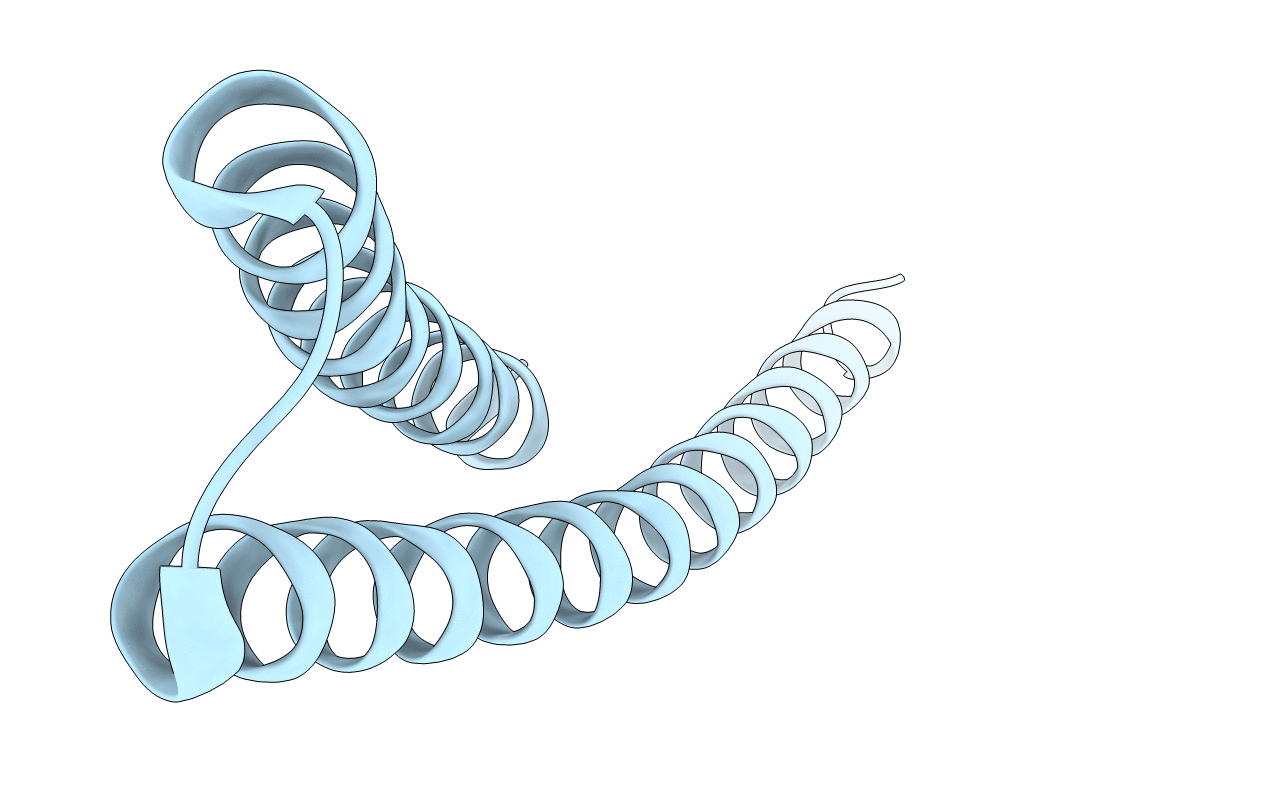
Deposition Date
2009-10-15
Release Date
2010-05-26
Last Version Date
2023-09-06
Entry Detail
Biological Source:
Source Organism:
Human immunodeficiency virus 1 (Taxon ID: 11676)
Host Organism:
Method Details:
Experimental Method:
Resolution:
2.10 Å
R-Value Free:
0.24
R-Value Work:
0.24
R-Value Observed:
0.24
Space Group:
P 63 2 2


